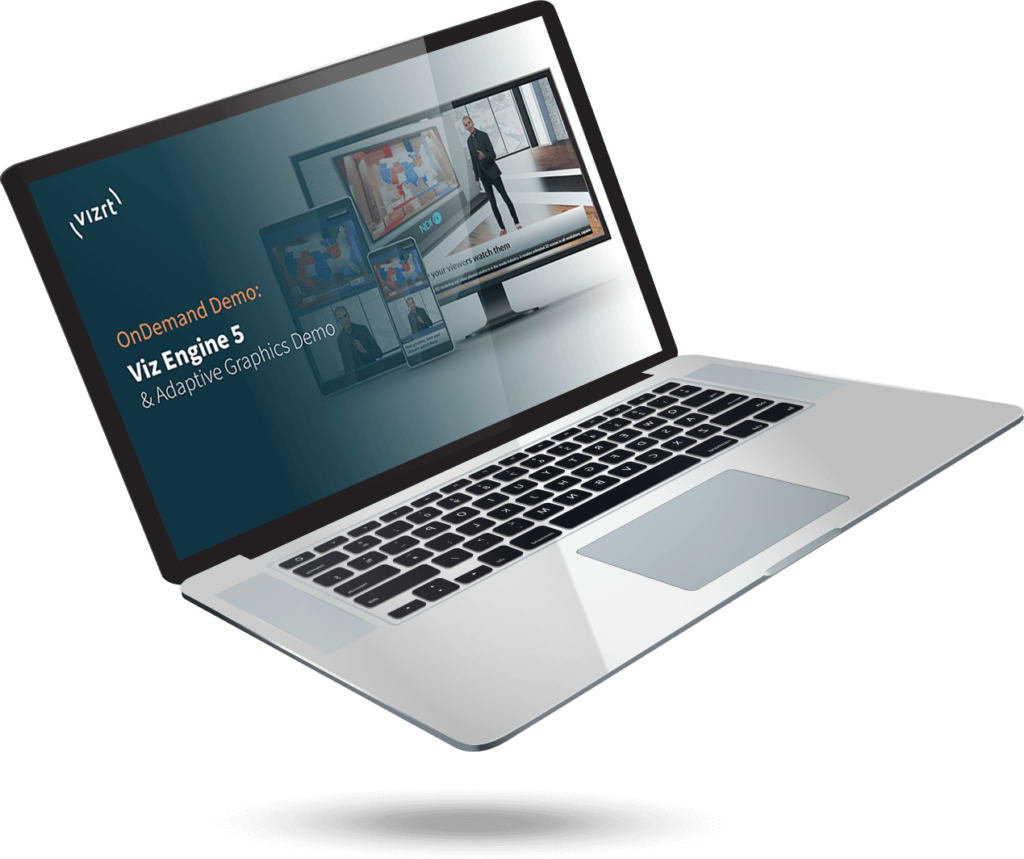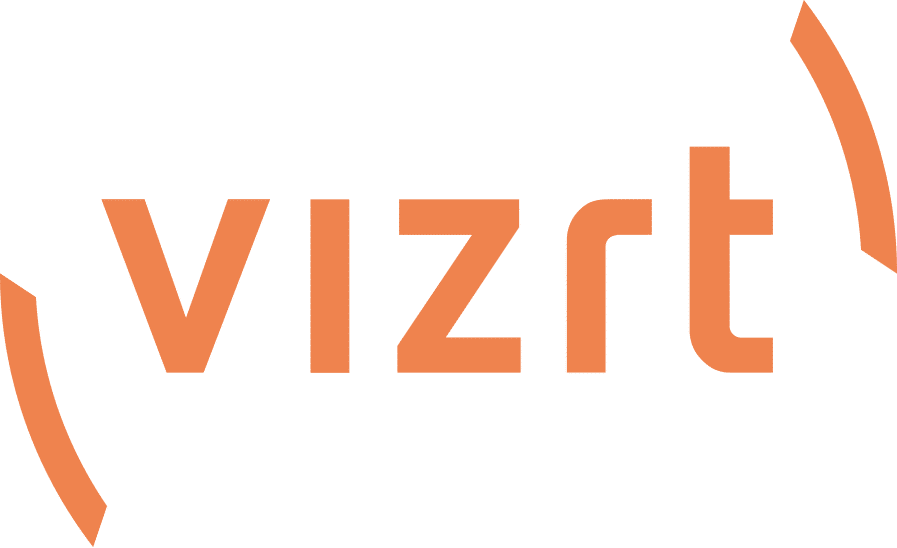Everything you need to know about the new Viz Engine 5 in one demo
Introducing Adaptive Graphics™
Viz Engine 5 solves the riddle of producing and serving graphics across multiple platforms, each possessing different aspect-ratios, by introducing Adaptive Graphics.
Think of graphics as a factory production line. Currently, broadcasters must run several production lines in parallel. This wastes the artist’s time, multiplies equipment costs, expands carbon footprint, and it can produce an inconsistent brand identity. Adaptive Graphics lets you construct all your graphics within a single production line – with the final, ‘brand-protected’ output locked in at the very last stage of the process.
Introducing Adaptive Graphics
Viz Engine 5 solves the riddle of producing and serving graphics across multiple platforms, each possessing different aspect-ratios, by introducing Adaptive Graphics.
Think of graphics as a factory production line. Currently, broadcasters must run several production lines in parallel. This wastes the artist’s time, multiplies equipment costs, expands carbon footprint, and it can produce an inconsistent brand identity. Adaptive Graphics lets you construct all your graphics within a single production line – with the final, ‘brand-protected’ output locked in at the very last stage of the process.

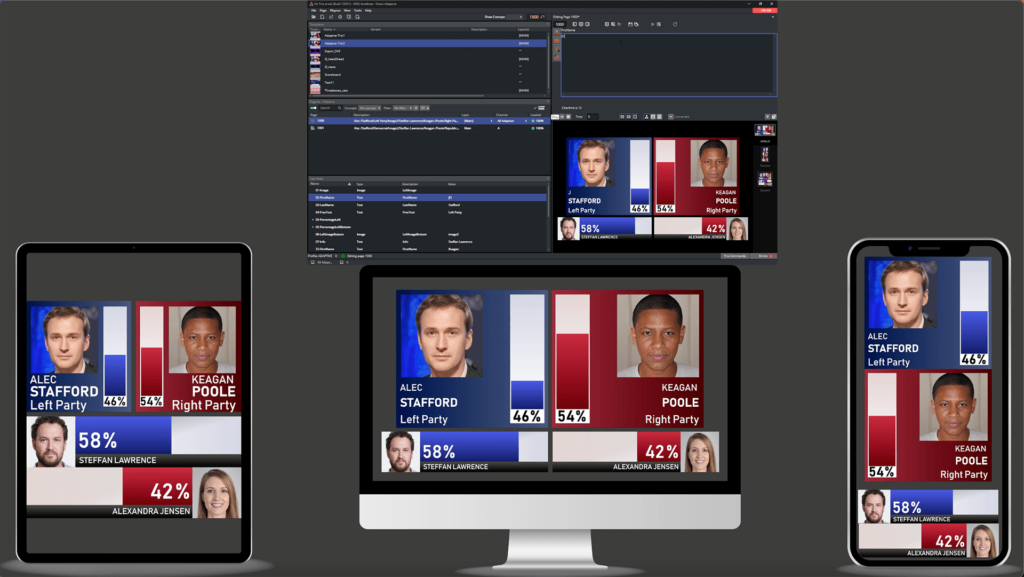
Intelligent and variable: How Adaptive Graphics Works
Adaptive Graphics in Viz Engine 5 allows designers to create once and publish multiple times, since the templated workflow automatically and intelligently adjusts font-sizing, resolution, and format ensuring your graphics always fit the target display. This is true for traditional TV and hand-held device aspect ratios, as much as it is for non-traditional displays such as studio video walls, virtual sets, and digital signage.
Two acting as one
The groundbreaking integration with Unreal Engine 5 sets new benchmarks for ease of use and performance. We not only give broadcast graphics artists complete access to Unreal, but we also provide an award-winning User Interface and artist-friendly toolset.
Fans of Graphic Hub will marvel at how image assets can be loaded dynamically into an existing Unreal Engine project, in the same familiar way as Viz Engine. Increased efficiency makes it an easier task to work with Ultra HD 4K images, and latency is greatly improved for a truly real-time experience across both packages.
Artists want to be able to use the best tools for the job, whether it is Unreal Engine 5, or the native tools and real-time rendering capabilities within Viz Engine 5. With the thoughtfully designed integration of Viz Engine 5 and Unreal Engine 5 the shift from one to the other is seamless — just how it should be.
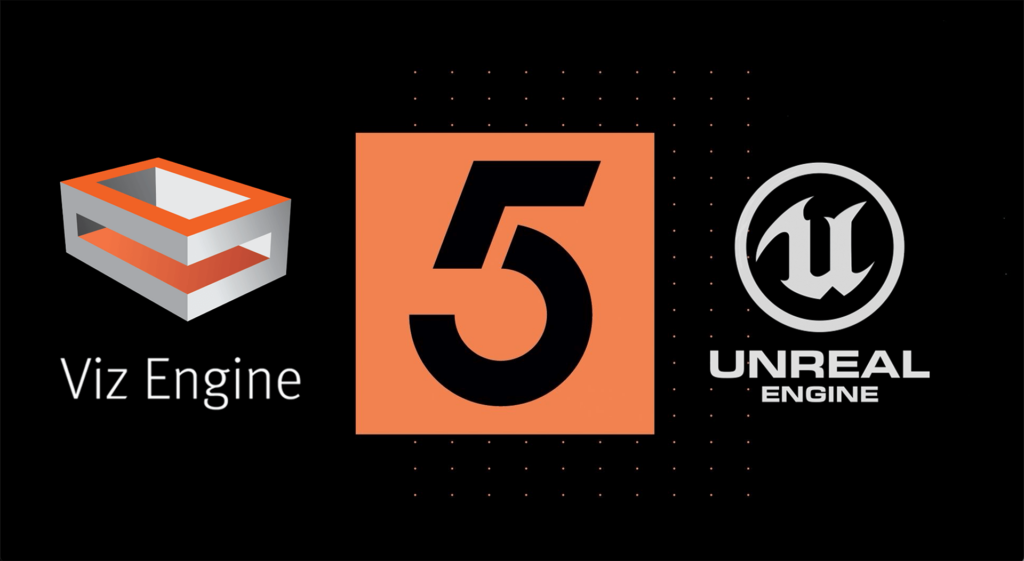
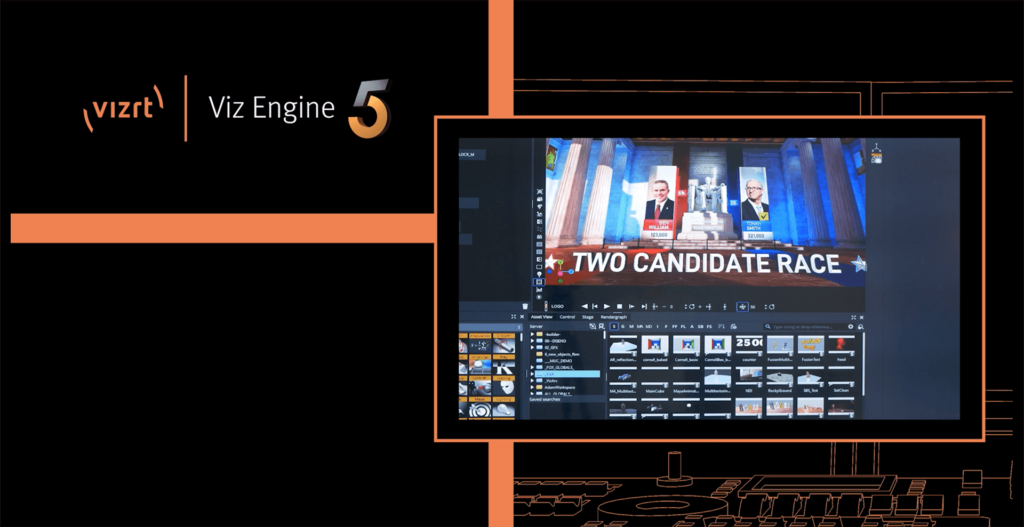
The metaverse: new worlds demand new tools
Artists need new tools for new ‘virtualities’, and Viz Engine 5 delivers. Viz Engine’s Render Pipeline is significantly enhanced to provide hyper-photorealism capabilities, letting the designer create more realistic scenes within virtual sets. But there’s more, including a redefining set of HDR workflows, expanded PBR import capabilities, and new layer and blending effects for advanced composting.
Advances to Viz Arc’s augmented reality control system means that Viz Engine is ready for the graphic demands of the present, but it is also ready for the future – whether that is the metaverse, or beyond.
This is just the beginning
Viz Engine 5 is a major step forward in adaptive graphics production and photorealistic imagery. It enhances the use of Unreal Engine 5 in broadcast workflows, it’s ready for the metaverse, and it precisely serves graphics to any display from mobile devices to cinema-sized screens and beyond. This is just the beginning of a journey that provides Viz artists and designers with tools for unrestrained creativity.
Viz Engine 5. What will you make possible with The Possibility Engine?
